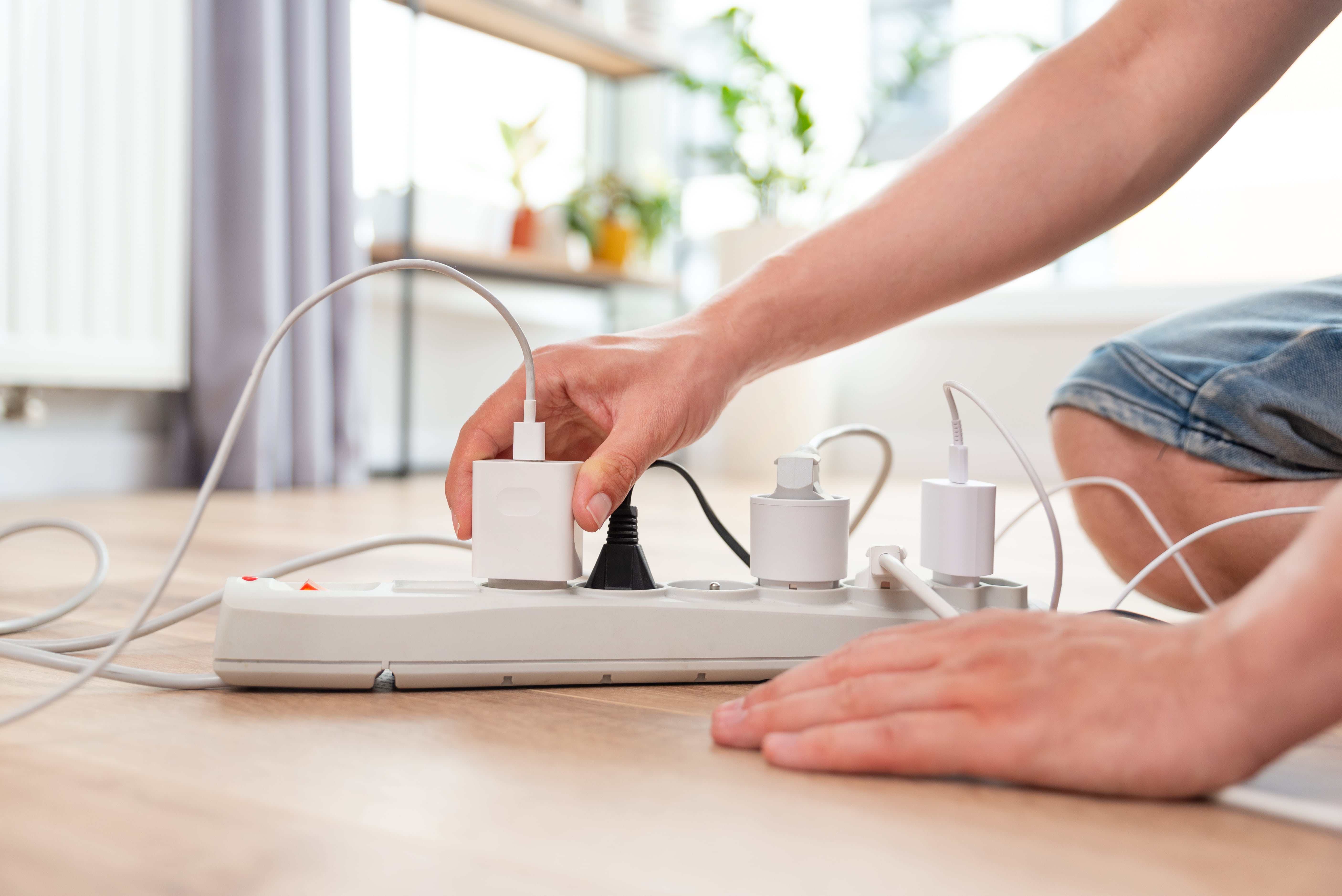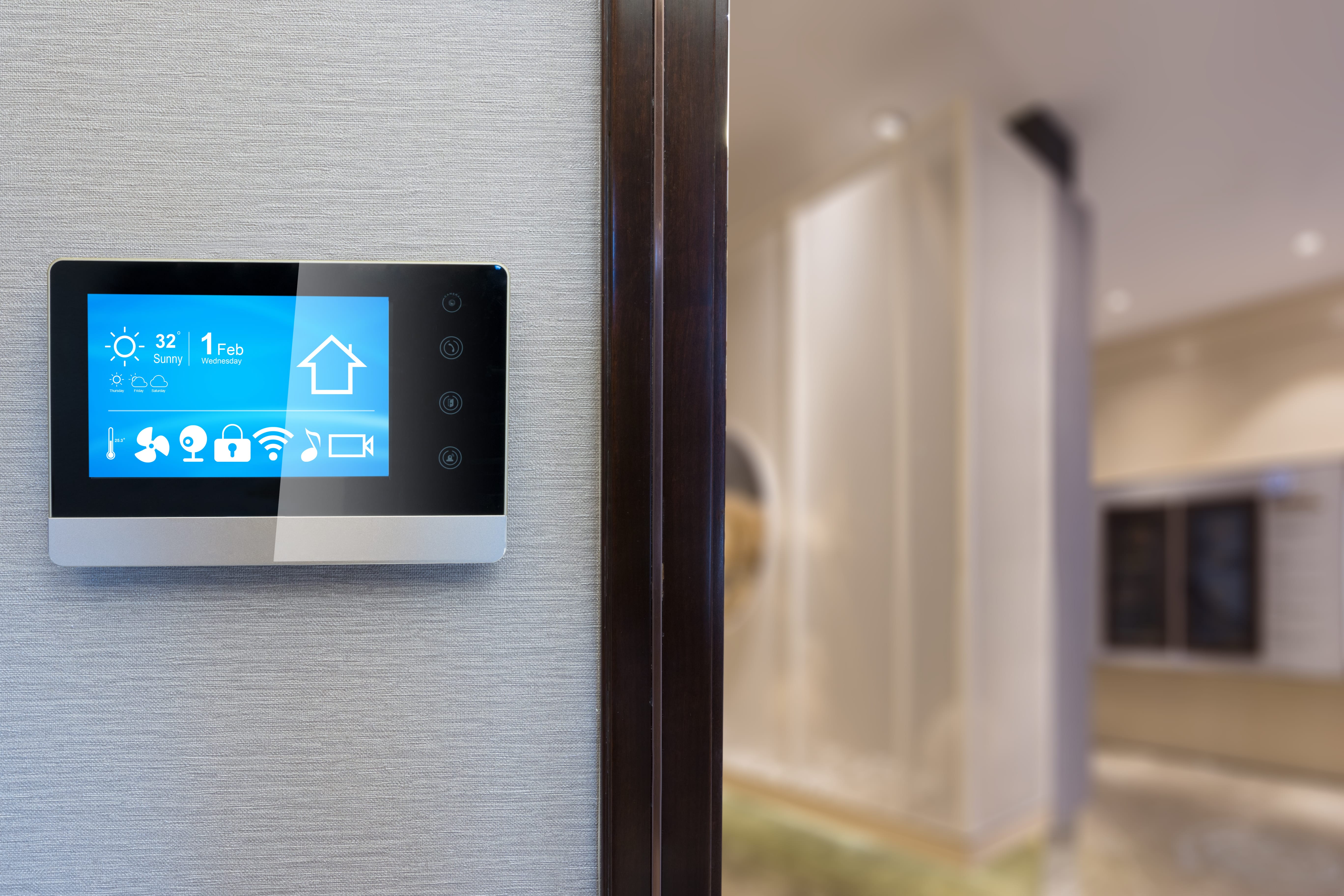Suppose you’re a homeowner looking for ways to limit your carbon footprint and save on your energy bills. In that case, you likely already know many simple ways to reduce your electricity consumption, such as changing out incandescent light bulbs for LEDs or limiting the amount of laundry you do.
But there are more impactful steps you can take to conserve energy, and a comprehensive assessment of your home’s electricity loads and consumption can help you find ways to turn your house into a much more energy-efficient home.
A deep energy retrofit (DER) can help you reduce your home’s energy consumption by as much as 50%-90% by upgrading your appliances, lighting, HVAC system, and any other part of your home that uses electricity.
{{CTA-thermostat-right-plan}}
What Is Retrofitting?
A home energy retrofit program involves finding ways to reduce energy consumption in a home by making upgrades in lighting, heating and cooling, water heating, appliances, and more.
A deep energy retrofit is the most extensive version of the retrofitting process. This process begins with an energy audit detailing all places in the home where you can reduce energy consumption.
Once you have made the recommended changes to improve your home’s energy usage, you may consider renewable energy solutions, such as a rooftop solar power system or optimized charging for electric vehicles.
Related: Learn about renewable energy benefits.
What Is Included in an Energy Retrofit?
During the initial energy audit, a professional will evaluate how much energy your home loses through your HVAC system, windows and doors, poor insulation, lighting, and appliances. You will then receive a deep energy retrofit guide detailing what upgrades need to be made to reduce your home’s energy consumption.
Envelope
Your home’s building envelope includes parts of the house that separate the interior from the exterior, such as the roof, walls, windows, floors, and doors that lead outside. A well-insulated envelope can improve energy efficiency and reduce utility bills.
In addition to improving insulation, one of the most cost-effective energy-efficient building retrofitting strategies is filling in any visible gaps to prevent air from escaping. Inspect the areas around doors, windows, and other openings and seal, caulk, or weather-strip any openings.
Appliances
Your home appliances, like the refrigerator, washer and dryer, oven, and even electronics like TVs and computers, all contribute to your home’s energy consumption. An energy audit can determine which appliances use the most energy and help you find ways to reduce your environmental impact.
In an energy efficiency retrofit, adjusting the energy loads of appliances or even installing new, more efficient models are both options for improving your home’s electricity conservation.
Related: Learn how to determine your appliance energy usage.
HVAC
A home’s heating and cooling system is often one of the biggest contributors to high energy bills. If it’s time to invest in a new HVAC system, hire a licensed professional and choose a unit that is ENERGY STAR® certified.
Lighting
A small change you can make to your home to reduce energy consumption is switching out incandescent light bulbs for LEDs or CFLs. You may also consider installing lighting controls like timers, sensors, or dimmers to make it easier to control your light usage or keep lighting down to more efficient levels.
Related: Learn all about CFL vs. LED lights.
Water Heater
Heating water for a home tends to account for about 15% of residential energy use. When retrofitting a building for energy efficiency, you can replace your water heater with a more efficient model or opt for smaller measures, such as lowering the water heater’s temperature or insulating the hot water pipes.
Windows
Installing energy-efficient windows can lead to huge savings. When purchasing new windows, pay attention to the energy performance rating, which determines how well the window can retain heat inside the home and block outside heat from entering.
How Much Does a DER Cost?
An extensive deep energy retrofit can cost between $40,000 to $55,000 on average, depending on how energy-inefficient your home is and how many upgrades you need. But an energy retrofit can be worth the investment, potentially cutting your home energy consumption by as much as 79% and reducing your home’s emissions by anywhere from 32%-56%.
Fortunately, there are incentives available for homeowners wishing to make extensive environmentally friendly improvements to their properties. If you decide to invest in an energy retrofit, research federal, state, and local incentives and tax breaks that can help defray the cost.
In addition to lowering your home’s energy use and saving money on your electricity bill, there may be other financial motivators to a home energy retrofit program. Energy efficiency can improve your home’s resale value and attract more buyers.
Final Thoughts About Home Energy Retrofits
Even smaller improvements, such as smart technologies, a new water heater, or LED light bulbs, will stand out to buyers who often consider the average utility cost when looking for homes. A deep energy retrofit can help you save on your electricity bill and help make your home a little greener while also boosting your house’s value for a future sale.
Learn more about Gexa Energy and their 100% renewable plans from environmentally friendly renewable sources.






































